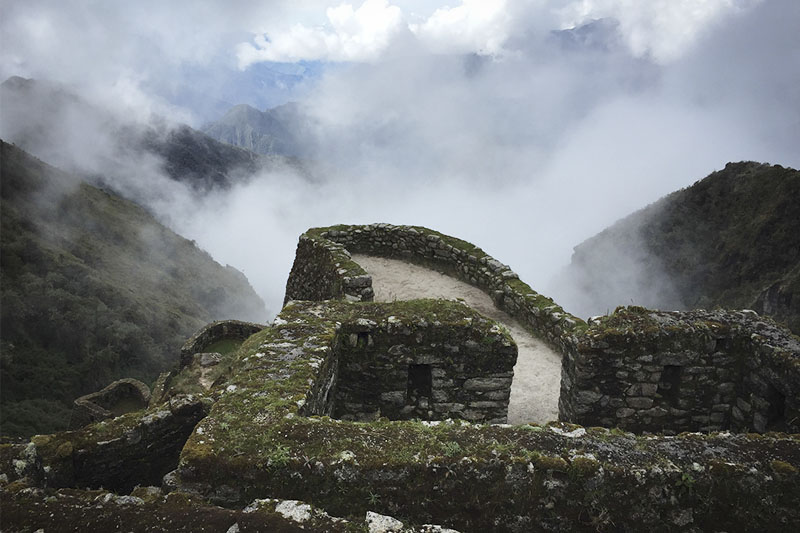New Discoveries on the Inca Trail to Machu Picchu
Machu Picchu never ceases to amaze locals and strangers, it continues to give researchers something to talk about, and many new reasons to people who have Machu Picchu on their bucket list. New findings were found on the Inca Trail to Machu Picchu; these reaffirm the devotion that the Incas felt for water and the fertility of animals in the Andean culture.
- New archaeological evidence on the Inca Trail to Machu Picchu
- Frequently asked questions about Huayna Picchu mountain
- Important

New findings on the Inca Trail to Machu Picchu
New archaeological evidence on the Inca Trail to Machu Picchu
Ceremonial spaces, burial sites, cave paintings and rock shelters were found on the Inca Trail to Machu Picchu in Cusco, Peru; the archaeological evidence was found at kilometer 88 of the route from Ollantaytambo to Machu Picchu, on the left side of the Urubamba (Vilcanota) River, on the Taparayoq Tunasmoqo hill.
These archaeological remains must have been a sacred place, due to their orientation to the mountains such as La Veronica (Wakaywillka), Misti (Casamintuyoc) and the Urubamba River (Wilkamayu) in the Sacred Valley of the Incas.
Frequently asked questions about Huayna Picchu mountain
Rock Paintings
The cave paintings found are anthropomorphic geometric figures, snakes, camelids, birds, foxes, toads, zigzagging lines that would represent the “God Illapa” (lightning), figures of plants, some similar to corn, straight lines, and circles; most of them are red in different shades. It is possible that all the representations found in Taparayoq – Tunasmoqo, represent the Andean ideology of the Water Cult, the fertility of the herds of llamas and alpacas, which are shown as robust, pregnant, and at different ages. These paintings were found in the middle and high part of the hill inside rock shelters.
Constructions
In the lower part of the slopes of the Taparayoq Tunasmoqo hill, circular and rectangular enclosures, retaining walls, terraces, water channels and funerary contexts were found that could have been built during the intermediate period (Killke culture period) and the late horizon (Inca period). They house cave paintings associated with funerary contexts, burial structures and ceremonial wakas. These sites suffered indiscriminate looting (plundering) at some point in their history, but some skeletons were found, which are being studied.
Other possible findings
It is probable that the Taparayoq – Tunasmoqo hill holds other places with cave paintings; however, exploration would demand several days of hiking up and down trails to and from the Inca Trail. The whole territory is a difficult access area full of hills, rocky walls and cliffs.
Conservation work
The specialists point out several factors that have damaged the paintings; the humidity of the area, the rains, the wind and their exposure to the sun. But restoration and conservation works are being carried out in order to be able to show these new findings to the whole world as soon as possible.
Important
If you want to hike the Inca Trail to Machu Picchu in Cusco, you should book the entrance tickets 6 months in advance; if you do not find available tickets, you may want to check the availability of Machu Picchu tickets; they also have to be booked in advance, especially the Machu Picchu + Huayna Picchu ticket.
We can help you organize your entire trip to Machu Picchu, whether you wish to enter by the Inca Trail or by train through the Sacred Valley of the Incas; just contact us at info@boletomachupicchu.com.
Advice from people who have been there
 By: Diana R.
By: Diana R.“It is marvelous“
“If you are reading this, it is because you are interested in doing the Inca Trail, do not hesitate, do it, it is wonderful. Thank God we found this agency (there is no way to do it without hiring one); our tour was great, personalized attention since we asked them the first question until the day we returned to our country.“
By Ticket Machu Picchu – Last updated, August 16, 2024